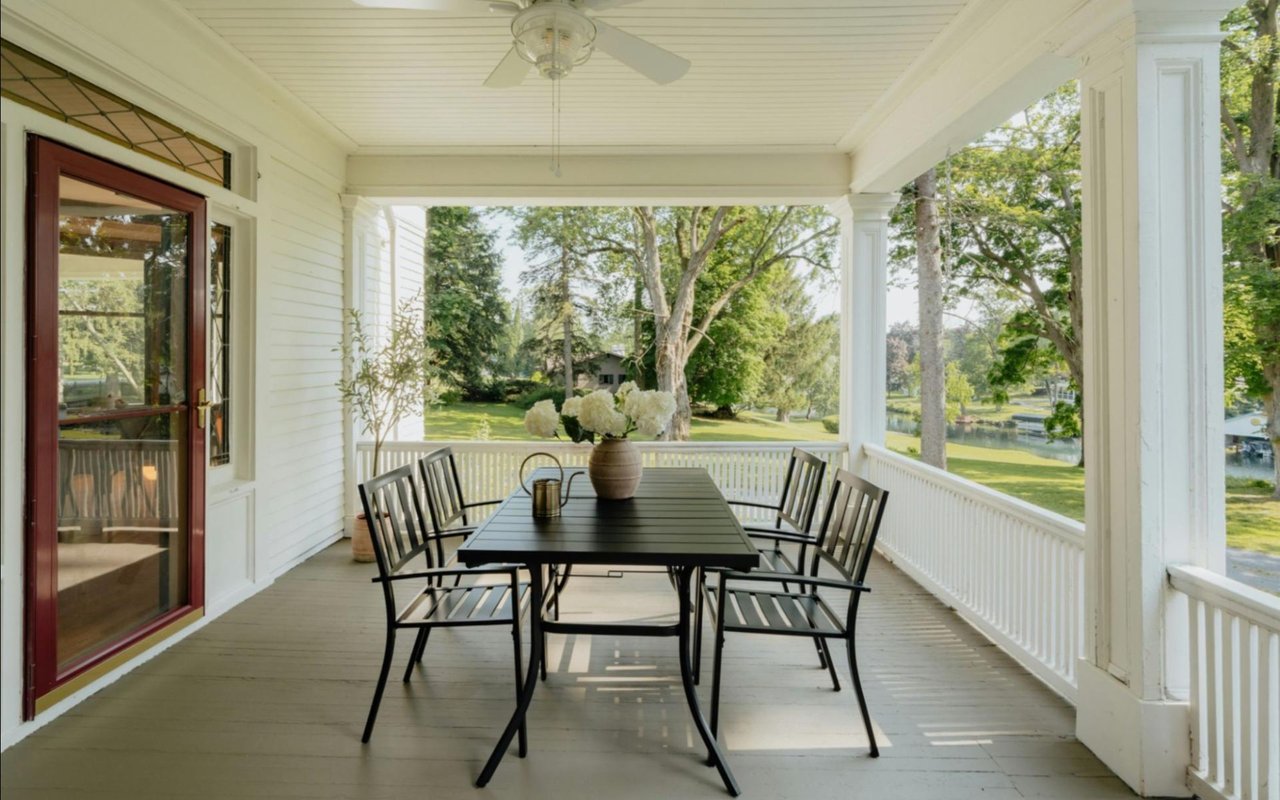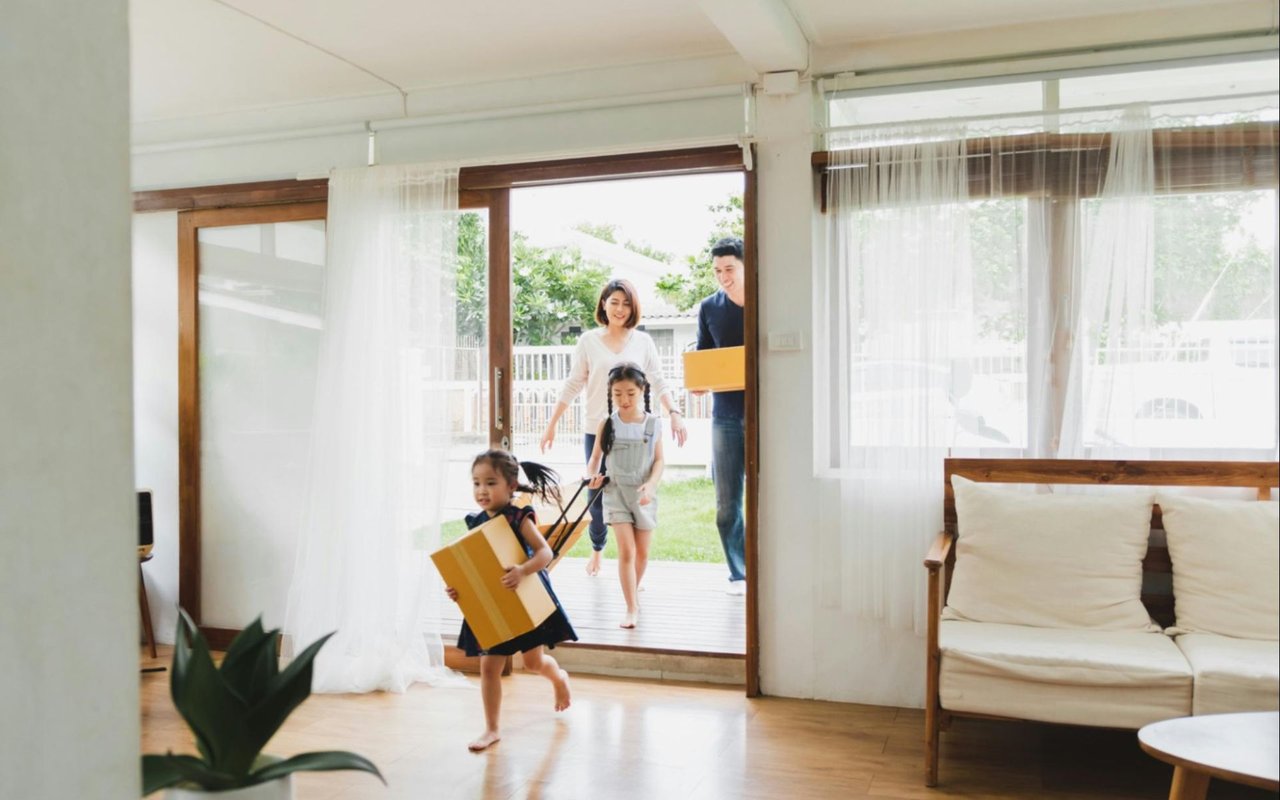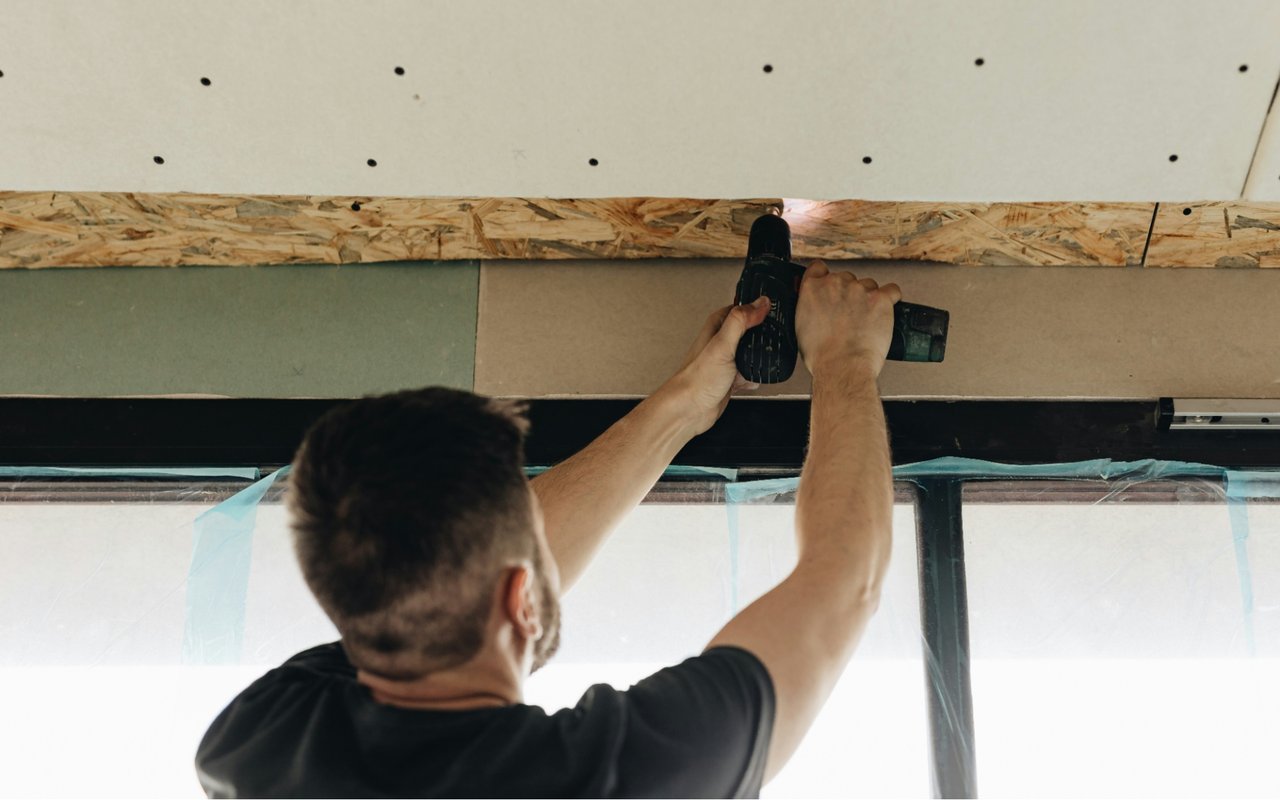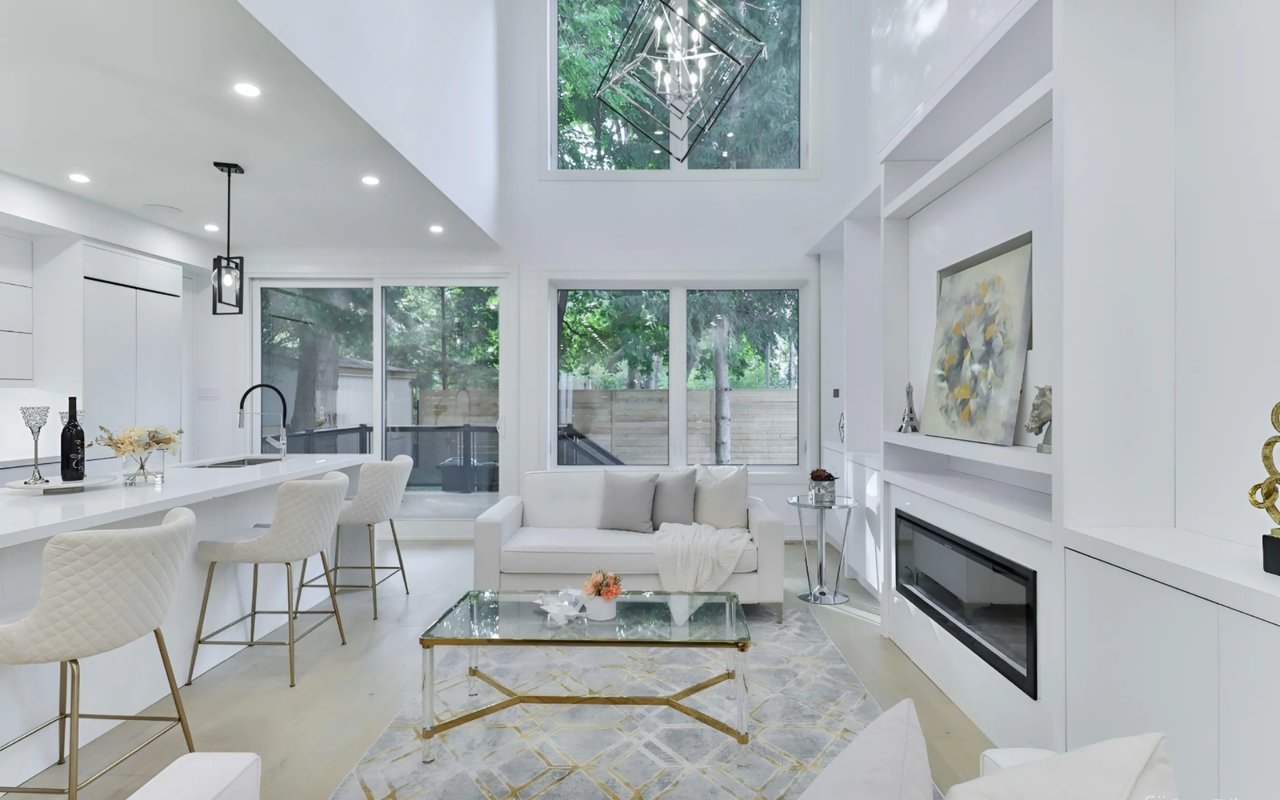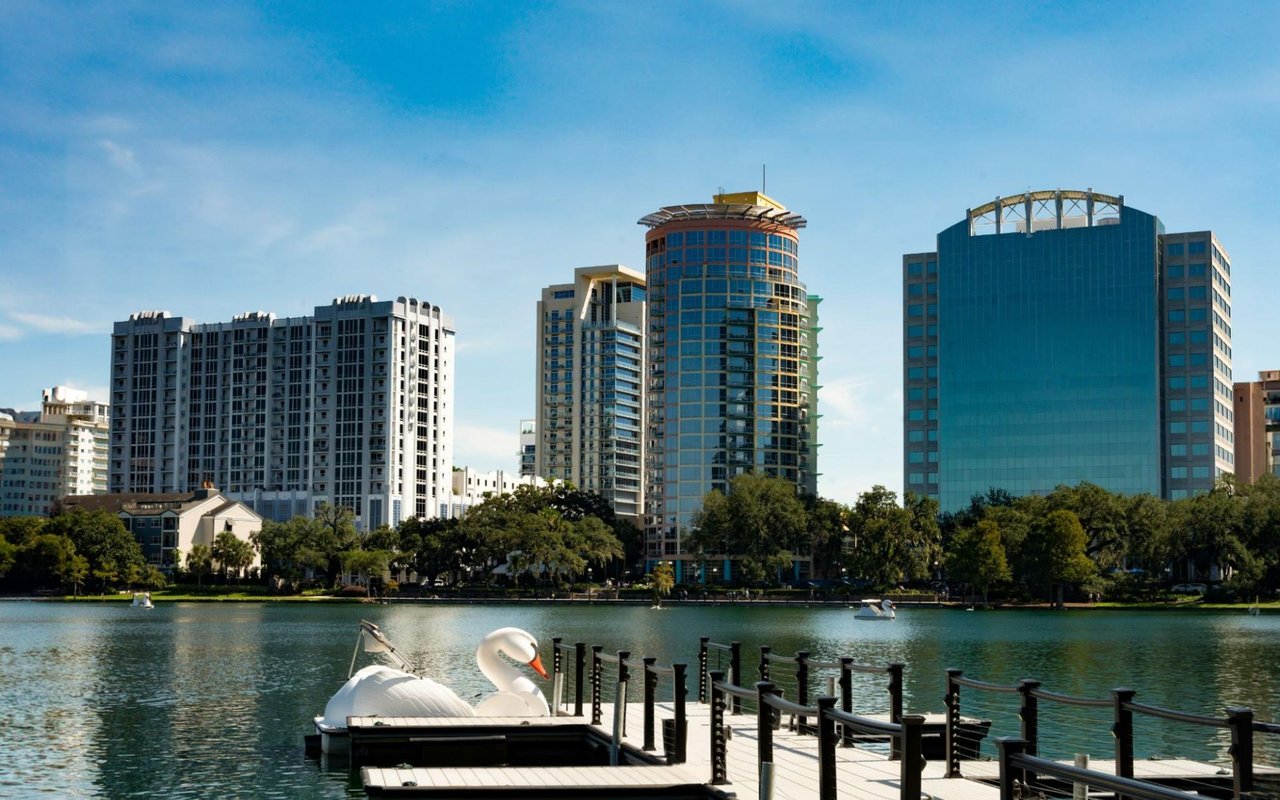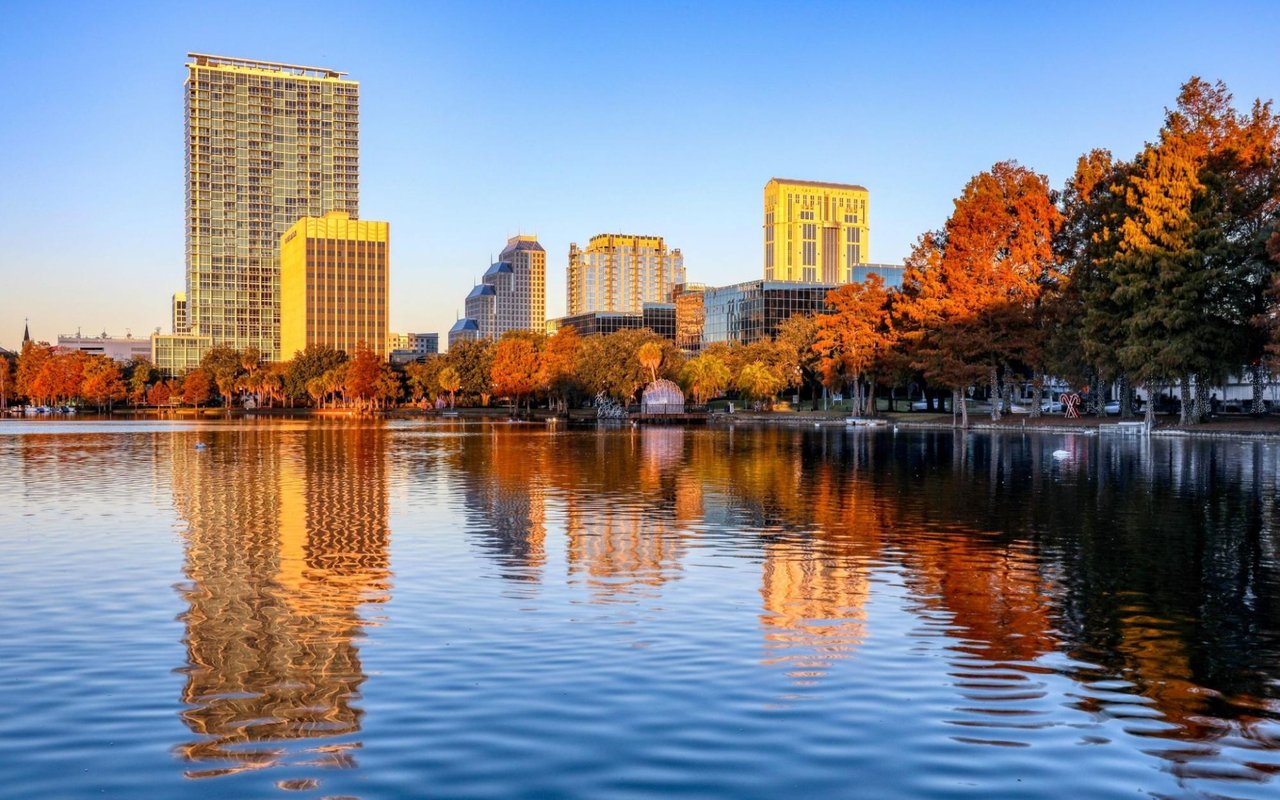In Orlando, Florida, understanding how the age of a home influences its market value is an essential part of making informed real estate decisions. Buyers are often faced with the choice between charming older homes and newer, modern builds, each with its own set of advantages and challenges. As Orlando’s housing market continues to evolve, home age has become more than just a number; it affects pricing, buyer expectations, maintenance requirements, and long-term value. This guide unveils the key trends shaping the relationship between home age and market value in today’s Orlando real estate market.
The Historical Growth of Orlando’s Housing Market
Orlando's real estate market has evolved significantly over the decades. Early developments from the mid-20th century introduced many ranch-style and mid-century modern homes. In contrast, newer communities, built in the last 20 years, reflect contemporary trends with larger footprints, energy-efficient designs, and modern amenities. The city's growth pattern means that neighborhoods with older homes often have established infrastructure, mature landscaping, and proximity to downtown or historical areas. However, newer developments cater to lifestyle preferences for modern conveniences and open floor plans. This historical progression affects how the market values homes of differing ages.
Impact of Home Age on Market Value in Orlando
While newer homes in Orlando often command higher prices thanks to modern construction standards, energy efficiency, and contemporary design, older homes can still hold strong market value under the right conditions. Many well-established areas feature older properties that appeal to buyers for their larger lots, distinctive architectural styles, and mature landscaping. In historic districts, charm and uniqueness can even push prices upward despite a home’s age. However, in areas where maintenance has lagged or neighborhood desirability has declined, older homes may experience depreciation unless significantly updated. Ultimately, home age influences market value in combination with location, condition, and overall appeal.
The Role of Maintenance and Renovation in Valuing Older Homes
A critical consideration when evaluating older homes in Orlando is their condition and upkeep. Homes built 30 to 50 years ago, if well-maintained and updated, often compete closely with newer homes in price. Renovations such as updated kitchens, bathrooms, HVAC systems, and roofing can significantly enhance a home’s market appeal. On the other hand, neglected older homes can suffer from issues like outdated electrical systems, plumbing problems, or structural wear, which can negatively affect value and deter buyers. In many cases, potential buyers weigh renovation costs against the home’s price, influencing what sellers can expect on the market.
Architectural Style and Its Influence on Value by Home Age
Orlando’s housing stock includes a variety of architectural styles that correlate with the home’s age and also impact market value. Mid-century modern homes from the 1950s and 1960s, for example, are increasingly sought after by buyers who appreciate their clean lines and open layouts, sometimes boosting prices despite the homes' age. Mediterranean and Spanish revival styles, common in homes built in the 1980s and 1990s, appeal for their distinctive design and can command a premium in certain neighborhoods. Newer homes tend to feature contemporary or transitional designs, which attract buyers prioritizing modern aesthetics and functionality. Architectural preference linked to age plays a subtle yet significant role in value perception.
Market Trends and Buyer Preferences Regarding Home Age
Recent market trends in Orlando suggest a growing interest in both new construction and well-maintained older homes. First-time homebuyers often lean toward new builds with energy-efficient features and low maintenance. However, there is also a niche of buyers who prioritize character and craftsmanship found in older homes. Additionally, investors seeking rental properties may prefer newer homes to reduce initial repairs. The market's fluidity means that demand for homes across all age brackets fluctuates with economic factors, mortgage rates, and lifestyle preferences, continually influencing how age relates to value.
Economic Factors Affecting the Value of Older vs. Newer Homes
Economic conditions, including interest rates, inflation, and supply chain challenges, can affect how the market values homes of various ages. For instance, in times of rising material costs and construction delays, buyers may gravitate toward existing older homes as an affordable alternative to new builds. When mortgage rates are low, new constructions become more attractive due to their modern appeal and lower anticipated maintenance costs. Orlando’s robust tourism and job market add layers of complexity, as these economic drivers influence buyer confidence and willingness to invest in either older or newer properties.
Unique Considerations in Orlando’s Climate and Building Codes
Orlando’s subtropical climate impacts the longevity and maintenance requirements of homes, which indirectly affects market value by age. Older homes may require upgrades to withstand humidity, heavy rains, and hurricane threats, such as reinforced windows or improved roofing materials. Building codes have also evolved, especially regarding wind resistance and energy efficiency, meaning newer homes are built to higher standards that appeal to safety-conscious buyers. These factors highlight why some buyers prefer newer homes while others invest in older homes with the expectation of future upgrades.
Navigating Orlando’s Real Estate Market with Confidence
For those interested in buying real estate in Orlando, understanding how home age influences market value is essential but only part of the picture. If you’re considering buying real estate in Orlando, partnering with knowledgeable professionals can make all the difference. Contact
The Reeley Group today to start your Orlando real estate journey with confidence and ease.
*Header photo Courtesy of Unsplash